Baltimore is a long way from Pearl Harbor, Hawaii. Yet there is a connection worth exploring if you have the chance. Baltimore has a long maritime history that is evident to this day. Modern ships still ply the waters of the Chesapeake Bay en route to facilities throughout the city’s docks unloading cars, containers, and cruise ship passengers. Beyond all this modern commerce in the Inner Harbor are the Historic Ships of Baltimore. To some they look like a long forgotten side-show, but for a few some of these ships tell a gut wrenching story of a time when the free world as we know it was almost conquered.
Among these four historic ships is the USCGC Taney. She was commissioned on October 24, 1936 designed for peacetime missions of law enforcement, search and rescue, and maritime patrols. The Taney was first stationed in Hawaii where she chased down opium smugglers and carried out search and rescue patrols. For a change of scenery she made regular trips to the equatorial Line Islands to re-supply American colonists. It was pretty much a boring routine; one that would soon change in a big way.
It was on the eve of the infamous attack on Pearl Harbor, December 7th, 1941 when the Taney was officially assigned to the U.S. Navy’s Destroyer Division. She kept her Coast Guard Crew; little knowing their whole world would be turned upside down the next day. The attack began at 7:48 Hawaiian time, and when it was over most of the Taney’s division was sunk or smoldering from one of the most famous surprise attacks in modern warfare history. The smell of acrid smoke would fade from their nostrils as the Taney was sent out to hunt for enemy submarines after the attack subsided. It must have seemed like the whole Japanese Navy was intent on wiping out all of the U.S. naval defenses. I can only imagine the thoughts going through the minds of Coast Guard sailors who signed up for America’s non-fighting service, and were suddenly plunged into full-scale war.
The USCGC Taney would see action in the Pacific theater from 1941 through much of 1943. In July she fought off an attack of an enemy Mavis bomber while delivering a survey party to Baker Island. She was upgraded in the fall of 1943 with more fighting power and transferred to the Atlantic theater. There she served bravely as the flagship of Taskforce 66, U.S. Atlantic Fleet. On the evening of April 20, 1944 the Taney narrowly dodged several German torpedoes while three of her fellow protectors were sunk.
After a dramatic retrofit as an Amphibious Command Ship the Taney was sent to the Pacific once more in 1945. There she served as Flagship for Rear Admiral Calvin Cobb during the Battle for Okinawa. Kamikaze attack planes were a frequent concern but the able crew shot down four of the menacing planes plus a “Betty” bomber. One of the most heartfelt missions of the war must have been evacuating and transporting Allied prisoners of war. What sadness and joy must have been felt as the crew took care of these shell-shocked men who were finally going home after surviving the horrors of the war.
The USCGC Taney’s final years of service would be mostly ocean weather patrol, the most boring duty ever devised for sailors, fisheries patrol, and countless search and rescue. During the Vietnam War she was a participant in “Operation Market Time” in the South China Sea hunting down illegal arms and supplies. And provided medical assistance to Vietnamese civilians.
On December, 7, 1986 the Taney was decommissioned and donated to the City of Baltimore as a memorial and a museum. There she sits proudly welcoming those taking the time to hear her long and exciting story. She is one few ships of her era ever to still have the chance to tell to tourists and history buffs what it was like to be called to war. I too, was in the Coast Guard during war time- Vietnam. I met some of my fellow coasties that served in Vietnam in a branch of the service dedicated to saving, not taking lives. Many of them told tales of harrowing duty, similar to what the Taney crew experienced.
On this anniversary of Pearl Harbor Day consider stopping by Baltimore’s Inner Harbor, in the shadow of the Power Plant, and pay a visit to the last floating survivor of Pearl Harbor. You will meet history face-to-face where displays and the ship will ooze history of that infamous day when America was in grave danger.
 Copyright secured by Digiprove © 2018 Kurt Jacobson
Copyright secured by Digiprove © 2018 Kurt Jacobson





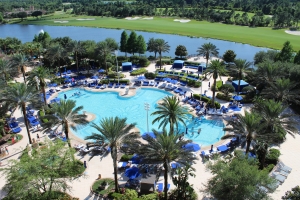
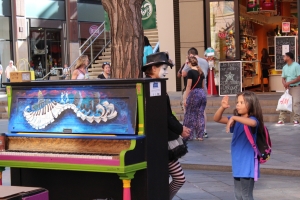
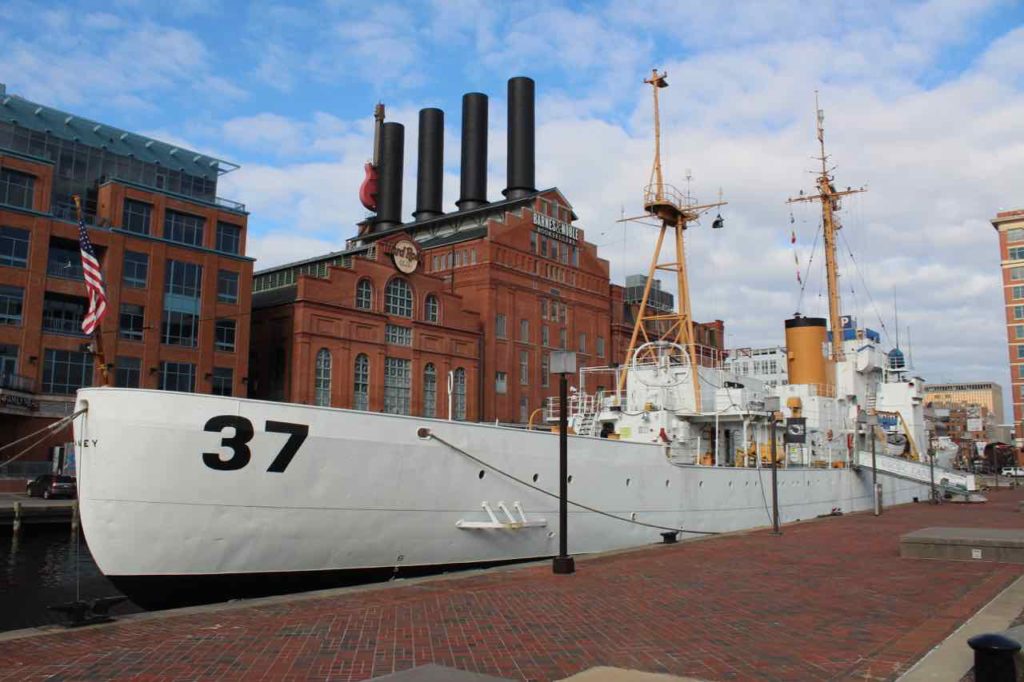
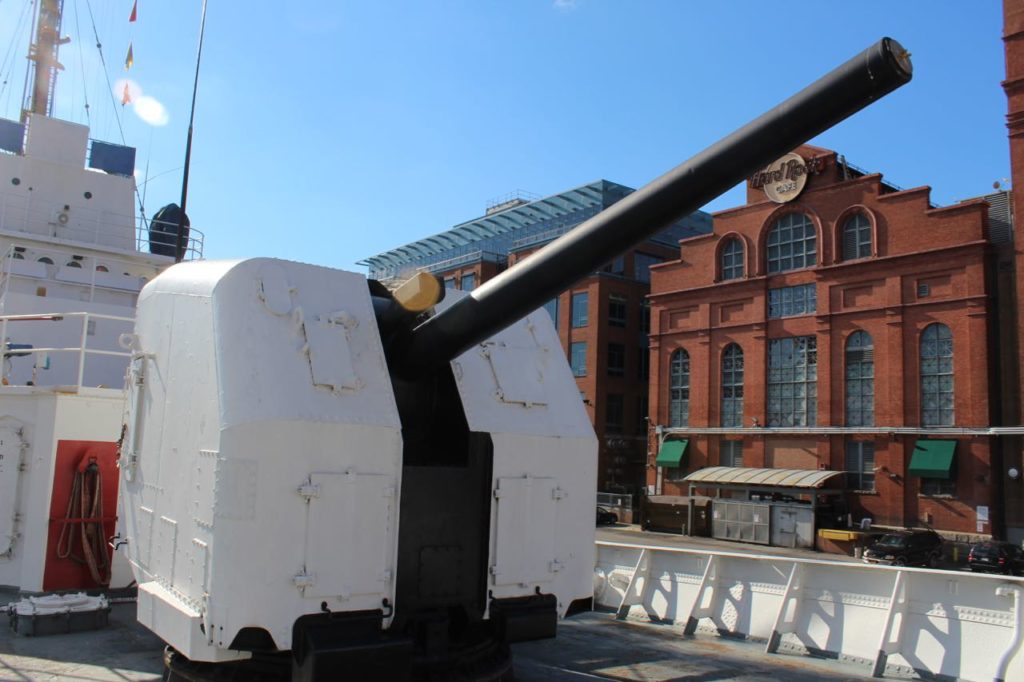
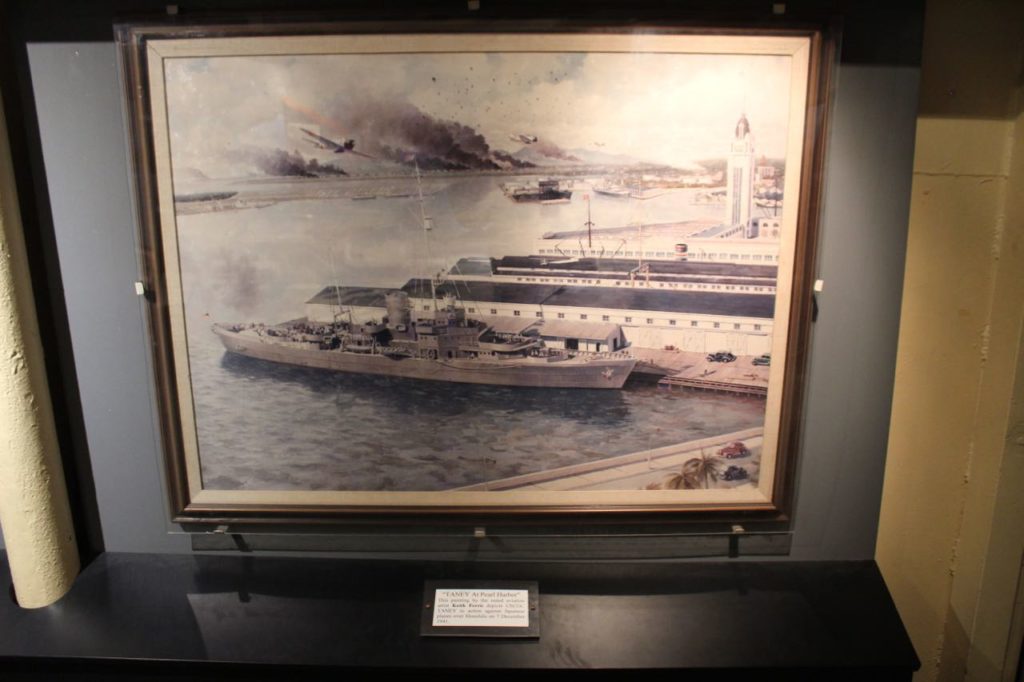
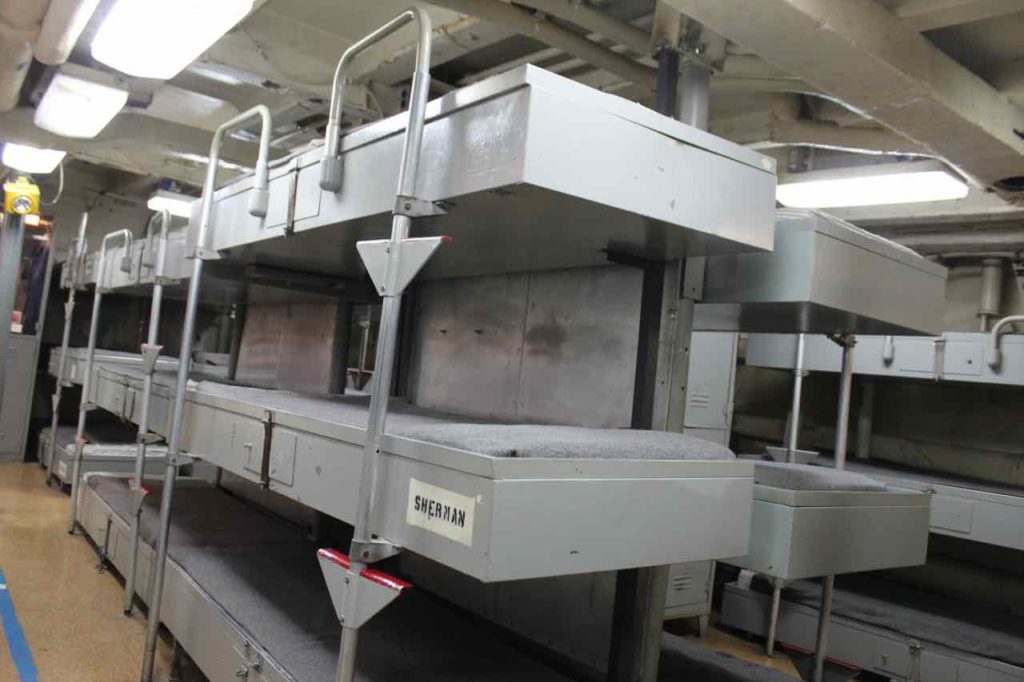
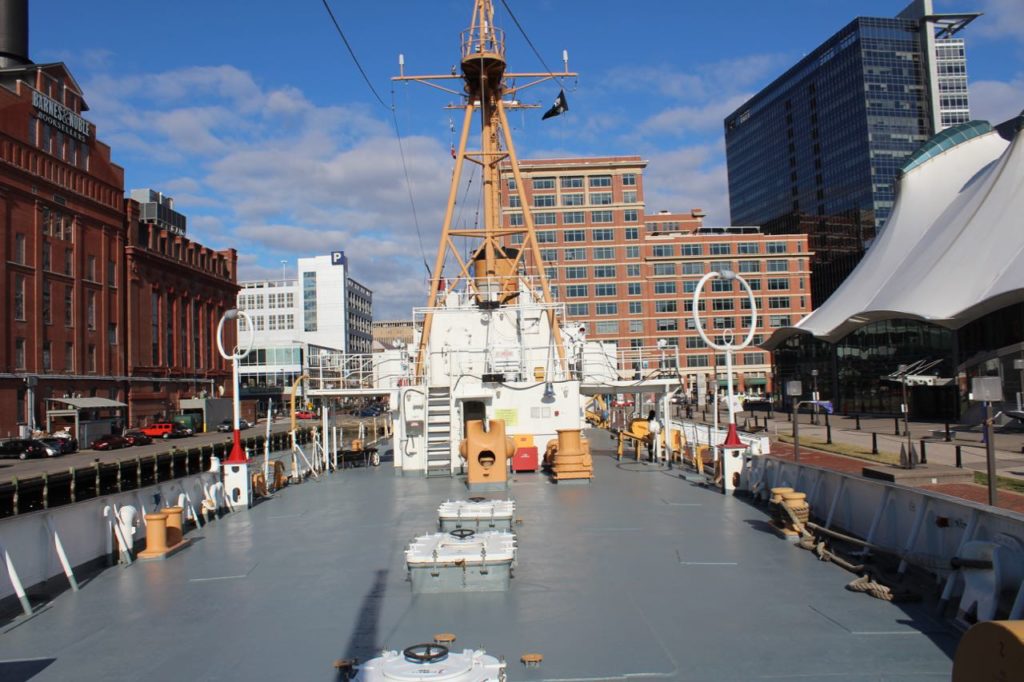


She is not the last floating survivor of Pearl Harbor. Your forgetting the USS Hoga, now in Little Rock, Arkansas.
Thanks for pointing that out. I think what she is might be the last floating survivor that saw action in the Pearl Harbor attack.
I absolutely love the history of Baltimore city and the four ships that it’s historical inner harbor hold. These four vessels tell us many stories of world war l and ll and the stories of the men who gave their lives and courage to defend our country and nation. When we think of Pearl Harbor 75 years ago we remember the brave men who fought to protect Hawaii from the Japanese fleet and how they strived to defend our country. Same for the Torsk, The officers of The Torsk who have fought enemy submarines, made 10,000 dives and sunk enemy cruisers are never forgotten. The Constellation which was constructed in 1854 is a wonderful historical vessel filled with many stories and walking through its doors you’ll be able to relive the 1800s of war history. I even enjoy touring the Lightship Chesapeake. I’m looking forward to December 7th and taking a journey back in time.
Thanks for your comment and reading about this special piece of floating history.